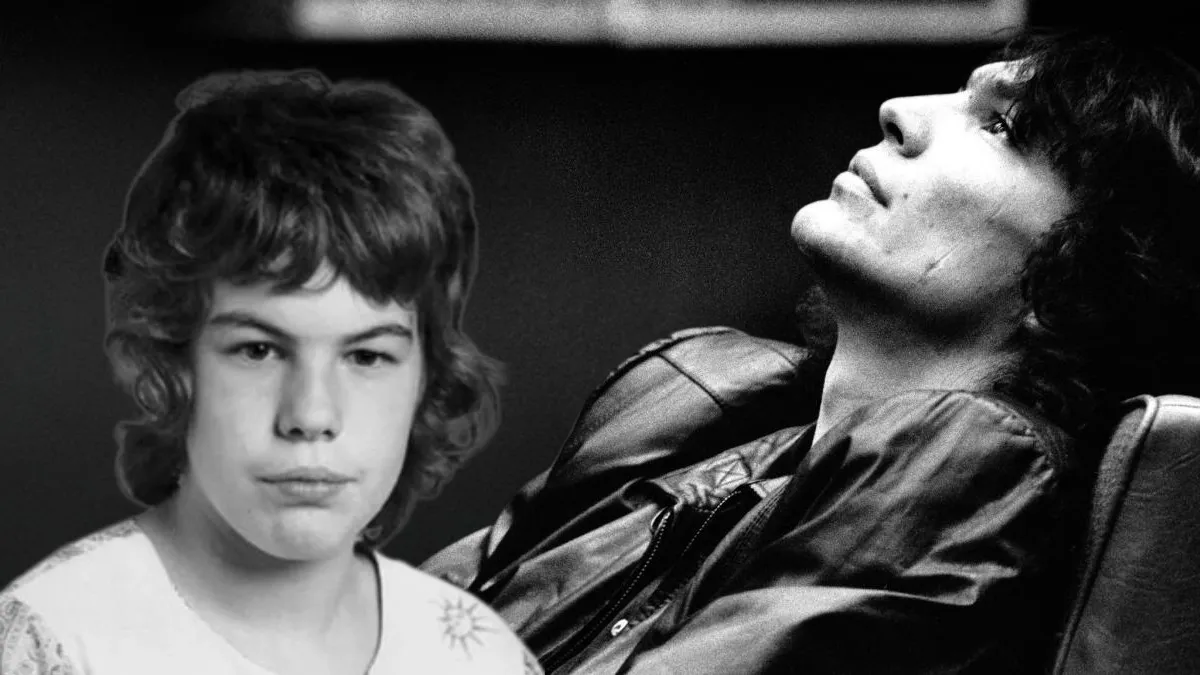President Trump revealed his administration is exploring reclassifying marijuana from Schedule I to Schedule III under federal law.
“We’re looking at reclassification and we’ll make a determination over the next, I would say, over the next few weeks, and that determination hopefully will be the right one.
It’s a very complicated subject,” the president said on August 11.

That move would mark a major shift. Schedule I status brands marijuana as highly danger*us with no accepted medical use, while Schedule III recognizes medical potential and a lower risk level.
Such a change wouldn’t legalize recreational use, but it could ease research restrictions, adjust penalties, and reshape taxation and regulation.

Most cannabis users notice effects within just minutes when inhaling it. THC swiftly moves from the lungs into the bloodstream, triggering changes almost instantly.
Within the first 3 to 10 minutes, heart rate spikes often by 20 to 50 beats per minute, and stays elevated for hours. Eyes tend to flush red from blood vessel dilation.
By around 15 minutes, a sense of relaxation and mild euphoria settles in. Researchers see THC and heart rate peaks near the 30-minute mark before gradually tapering off.

If you consume cannabis edibles, the timeline shifts. Effects may begin in 30 to 60 minutes, build slowly, and last much longer. Sometimes lingering up to 12 hours or more.
Between 30 and 90 minutes in, many report the “munchies.” THC activates receptors in the olfactory bulb, enhancing taste and smell and driving unexpected cravings.
During these early hours, judgment and coordination may be impaired. Experts advise waiting at least six hours before driving, especially after edibles.

Metabolism and use patterns affect how long cannabis stays detectable. Occasional users typically have detectable traces in urine for 3 to 4 days.
For the millions who use cannabis, the body’s timeline stays the same. Inhalation acts fast and fades in hours, while edibles last longer. Red eyes, increased appetite, and an extended window of impaired judgment remain constants, regardless of policy.
Whether Washington updates the rules or not, the body never cheats the clock. And that’s the story from first puff to last craving.
Featured image: (Spotlight)






